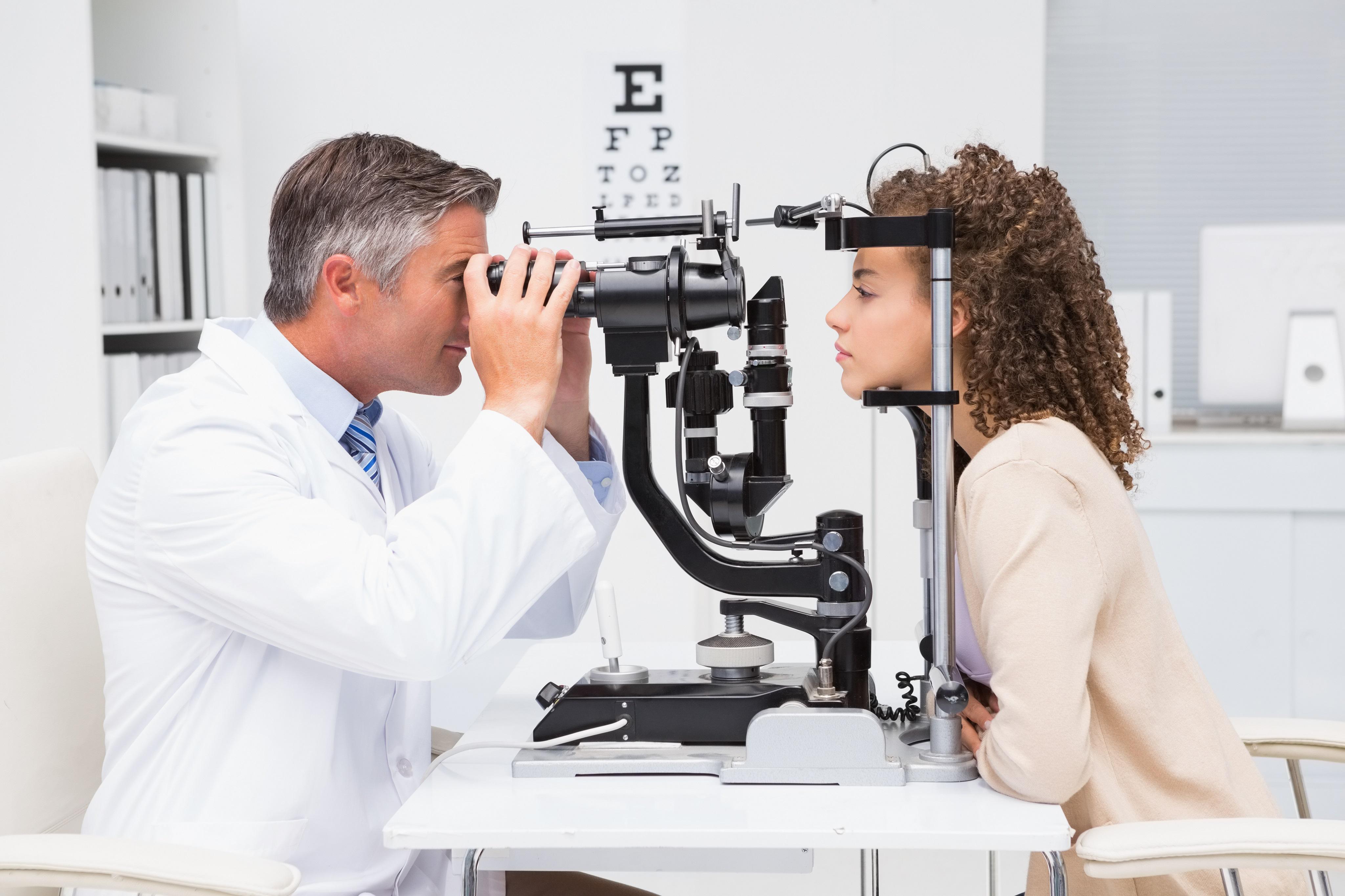Discover Andalusia's Finest Cardiologist Clinics and Services
Discover Andalusia's Finest Cardiologist Clinics and Services
Blog Article
The Total Malfunction of Retina Disorders and How They Impact Your Vision
The complex network of cells in the retina plays an essential role in translating light right into the images that enable us to regard the world around us. Retina conditions can disrupt this delicate process, causing a range of vision impairments. Recognizing the complexities of these conditions is necessary for realizing just how they impact your vision and the prospective effects they might have on your general eye health. By discovering the anatomy of the retina, usual disorders that can impact it, their causes, signs and symptoms, and available treatment choices, we can gain beneficial insights into preserving and securing our vision.
Introduction of Retina Composition
The detailed framework of the retina acts as the structure for visual understanding and plays a vital function in the process of transforming light into neural signals for the brain to analyze. Found at the rear of the eye, the retina is composed of several layers that collaborate effortlessly to promote vision. At the core of this intricate structure are photoreceptor cells referred to as cones and poles. Rods are liable for vision in low light problems and identifying activity, while cones are important for color vision and detailed aesthetic skill. These photoreceptor cells transform light energy into electric signals that are then refined by various other retinal cells, such as bipolar cells and ganglion cells. The bipolar cells transmit signals from the photoreceptors to the ganglion cells, which subsequently send out these signals through the optic nerve to the brain for visual handling. Understanding the elaborate composition of the retina is fundamental in understanding exactly how vision features and how numerous retina problems can influence visual perception.

Common Retina Disorders
Retina problems encompass a variety of problems that influence the intricate structure of the eye liable for aesthetic processing. One usual problem is age-related macular degeneration (AMD), a leading reason for vision loss in individuals over 50. AMD influences the macula, a component of the retina critical for sharp main vision, resulting in blurriness or unseen areas in the main visual field.
Another widespread condition is diabetic retinopathy, taking place in individuals with diabetes. High blood glucose levels damage the capillary in the retina, resulting in vision impairment or loss of sight if left without treatment. Retinal detachment is a severe condition where the retina pulls away from its typical placement, triggering an unexpected start of drifters, flashes of light, or loss of vision in a curtain-like pattern.
Lastly, retinitis pigmentosa is a group of hereditary problems that cause the failure and loss of cells in the retina, leading to night loss of sight and a steady constricting of the visual field - cardiologist andalusia. Understanding these common retina disorders is crucial in protecting vision and seeking prompt medical treatment
Reasons of Retina Disorders
Various variables add to the development of retina conditions, consisting of hereditary tendencies, way of living choices, and underlying wellness conditions. Genetic tendencies play a significant function in several retina problems, such as retinitis pigmentosa and macular deterioration. Individuals with a household history of these problems are at a higher threat of developing them because of acquired hereditary anomalies affecting the retina's feature.
Way of living selections can also impact retina health and wellness. Cigarette smoking, for instance, has been connected to a boosted danger of age-related macular degeneration, an usual retina problem that can bring about vision loss. Poor nutritional practices lacking crucial nutrients like vitamins A, C, and E, as well as omega-3 fatty acids, can also add to the development of retina problems.
Diabetic retinopathy, a difficulty of diabetes, can create damage to the blood vessels in the retina, leading to vision impairment. High blood pressure can result in hypertensive retinopathy, where high blood stress affects the blood vessels in the retina, potentially triggering vision issues.
Signs And Symptoms and Medical Diagnosis
Provided the significant effect that triggers such as genetic tendencies, way of life options, and underlying health and wellness problems can carry the advancement of retina conditions, it is vital to identify the signs and symptoms and make use of efficient analysis methods for very early detection and administration. Symptoms of retina problems can differ depending upon the specific condition however might include obscured or misshaped vision, the unexpected look of advances or flashes of light, a dark spot in the center of your vision, or a steady loss of main vision. If you experience any of these signs, it is critical to look for prompt clinical focus.
Early discovery via regular eye tests is key to avoiding vision loss and managing retina disorders efficiently. If detected with a retina condition, your healthcare company will certainly work with you to establish a tailored therapy plan to protect your vision.

Treatment Choices and Monitoring
Therapy options for retina conditions differ depending on the underlying cause and seriousness of the problem. In cases of retinal detachment, surgical interventions such as vitrectomy or scleral fastening may be required to reattach the see here now retina and avoid vision loss.
In diabetic retinopathy, taking care of blood sugar level degrees is crucial to avoid further damages to the capillary in the retina. Additionally, treatments like laser surgical procedure or injections may be recommended to reduce swelling and prevent vision loss. Routine eye exams and very early detection of retina disorders are important for successful administration and treatment end results. People with retina conditions should function very closely with their ophthalmologist to develop an individualized therapy plan that addresses their specific requirements and assists preserve why not check here optimum aesthetic feature.
Final Thought
In verdict, comprehending the anatomy of the retina, typical conditions, creates, signs and symptoms, diagnosis, and treatment choices is important in taking care of vision problems. Retina disorders can substantially affect vision and lifestyle, making very early discovery and proper management crucial. By remaining notified regarding these problems and looking for suitable treatment, people can much better preserve their vision and preserve overall eye health and wellness.

Comprehending the intricate makeup of the retina is basic in comprehending just how vision functions and how different retina conditions can influence aesthetic perception.
Retinal detachment is a severe problem where the retina pulls away from its regular position, creating a sudden start of drifters, flashes of light, or loss of vision in a curtain-like pattern.
Symptoms of retina conditions can differ depending his response on the specific condition however may consist of blurred or distorted vision, the unexpected look of floaters or flashes of light, a dark area in the center of your vision, or a steady loss of central vision.In verdict, recognizing the composition of the retina, common conditions, causes, signs, medical diagnosis, and therapy options is essential in handling vision problems.
Report this page